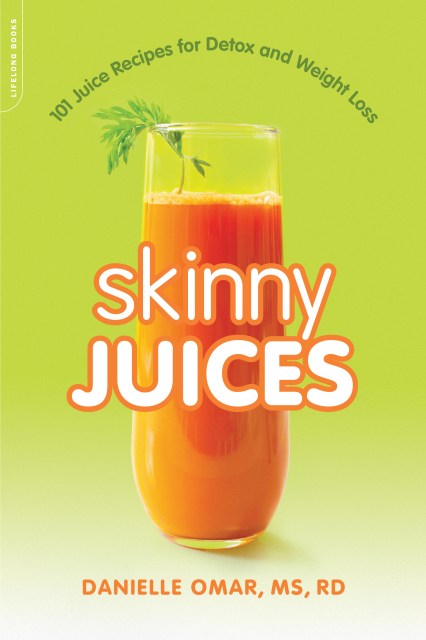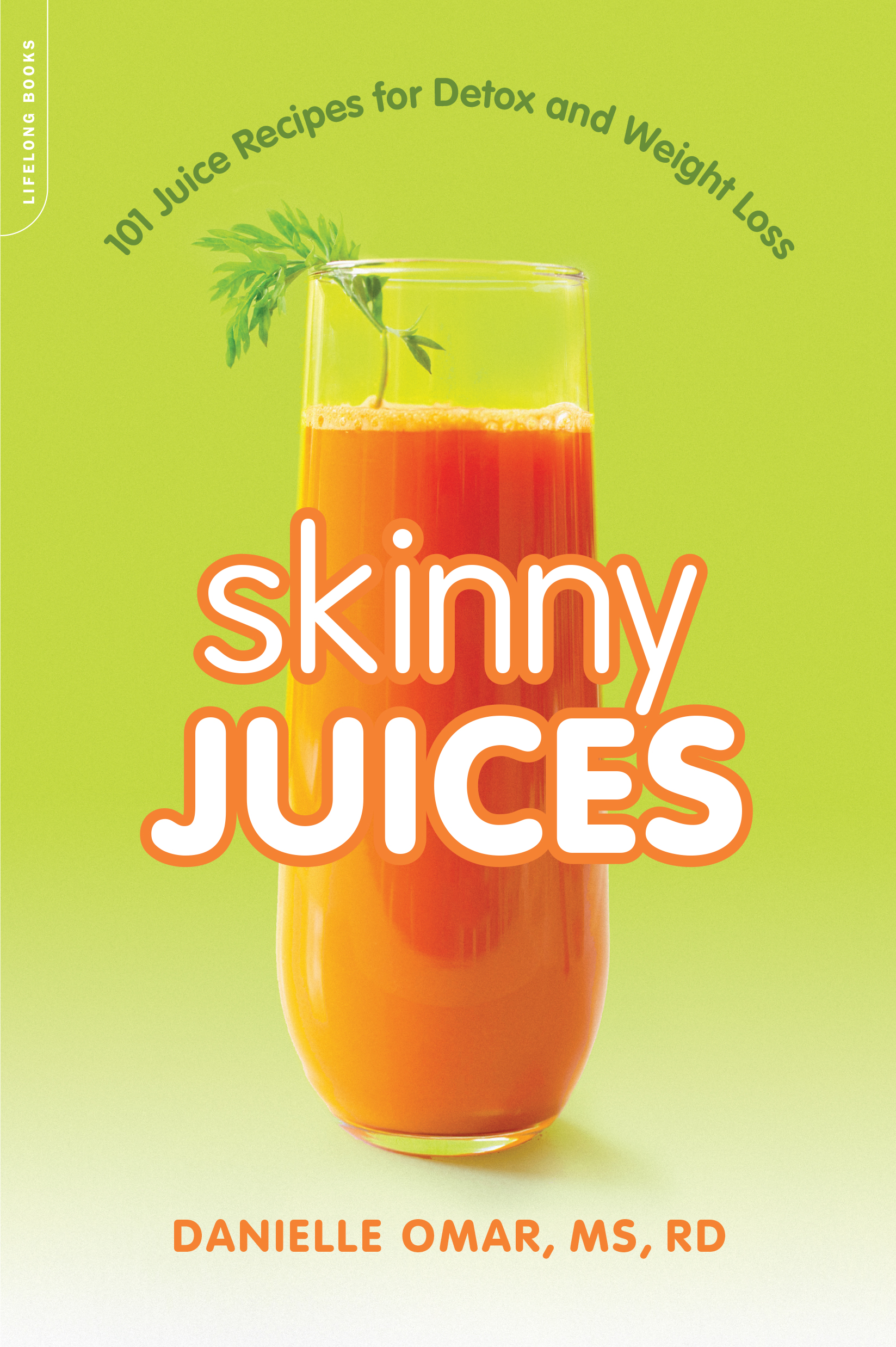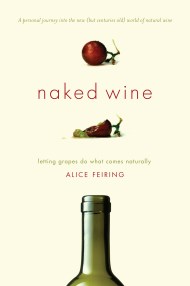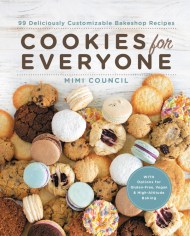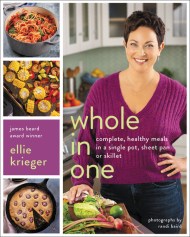Promotion
Use code MOM24 for 20% off site wide + free shipping over $45
Skinny Juices
101 Juice Recipes for Detox and Weight Loss
Contributors
Formats and Prices
Price
$2.99Price
$3.99 CADFormat
Format:
- ebook $2.99 $3.99 CAD
- Trade Paperback $16.00 $18.50 CAD
This item is a preorder. Your payment method will be charged immediately, and the product is expected to ship on or around July 1, 2014. This date is subject to change due to shipping delays beyond our control.
Also available from:
Juicing is the perfect way to cleanse your body with living enzymes, mineral-rich hydration, and easy-to-absorb nutrients. Many experts agree that juicing is a great way to get more fruits and vegetables into your diet — but store-bought juices can be expensive and laden with extra sugar. With 101 recipes emphasizing superfoods and special health-promoting ingredients, Skinny Juices is your go-to guide covering all the basics:
how to choose the right juicer for your lifestyle
detailed information on superfood ingredients
list of foods to juice for specific nutrients
customizable detox plan
tips for saving money and juicing on a budget
nutritional information for each recipe
With 101 recipes for juices dedicated to cleansing and detox, weight loss, anti-aging, digestive health, and super immunity, Skinny Juices is an easy, delicious guide to health, vitality, and overall wellness.
Genre:
- On Sale
- Jul 1, 2014
- Page Count
- 256 pages
- Publisher
- Da Capo Lifelong Books
- ISBN-13
- 9780738217581
Newsletter Signup
By clicking ‘Sign Up,’ I acknowledge that I have read and agree to Hachette Book Group’s Privacy Policy and Terms of Use
